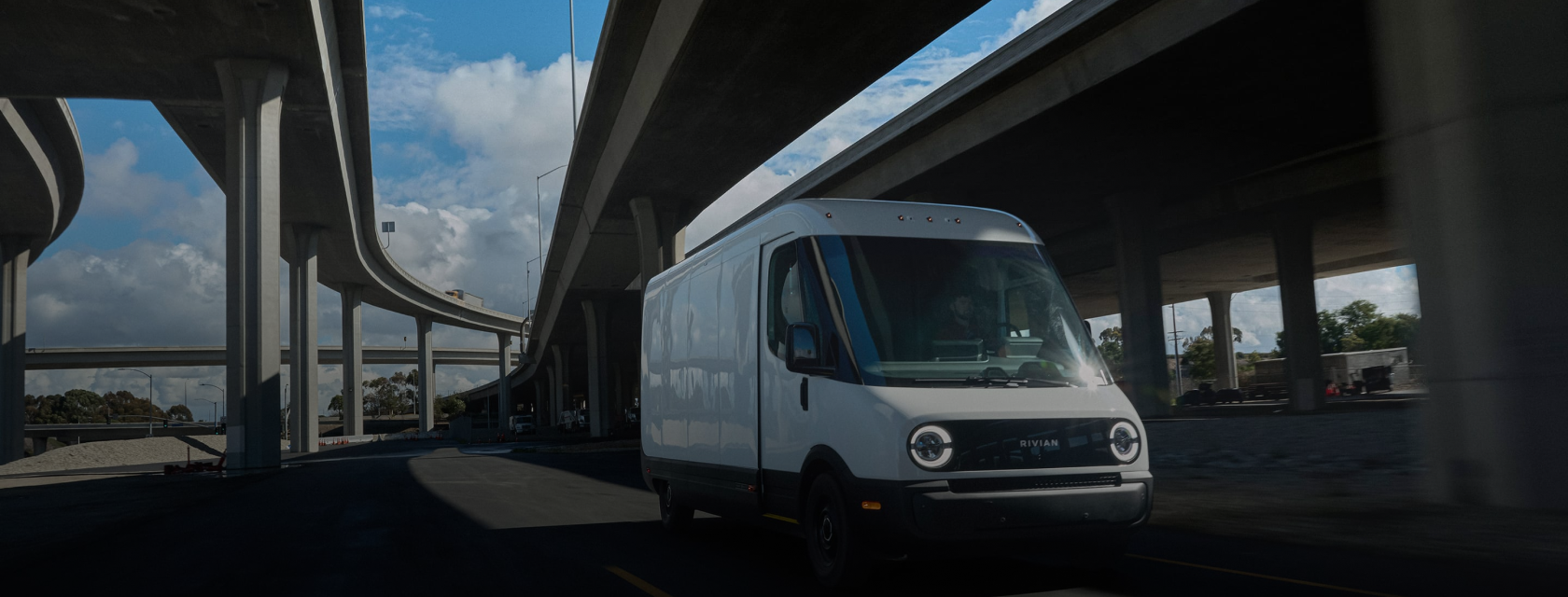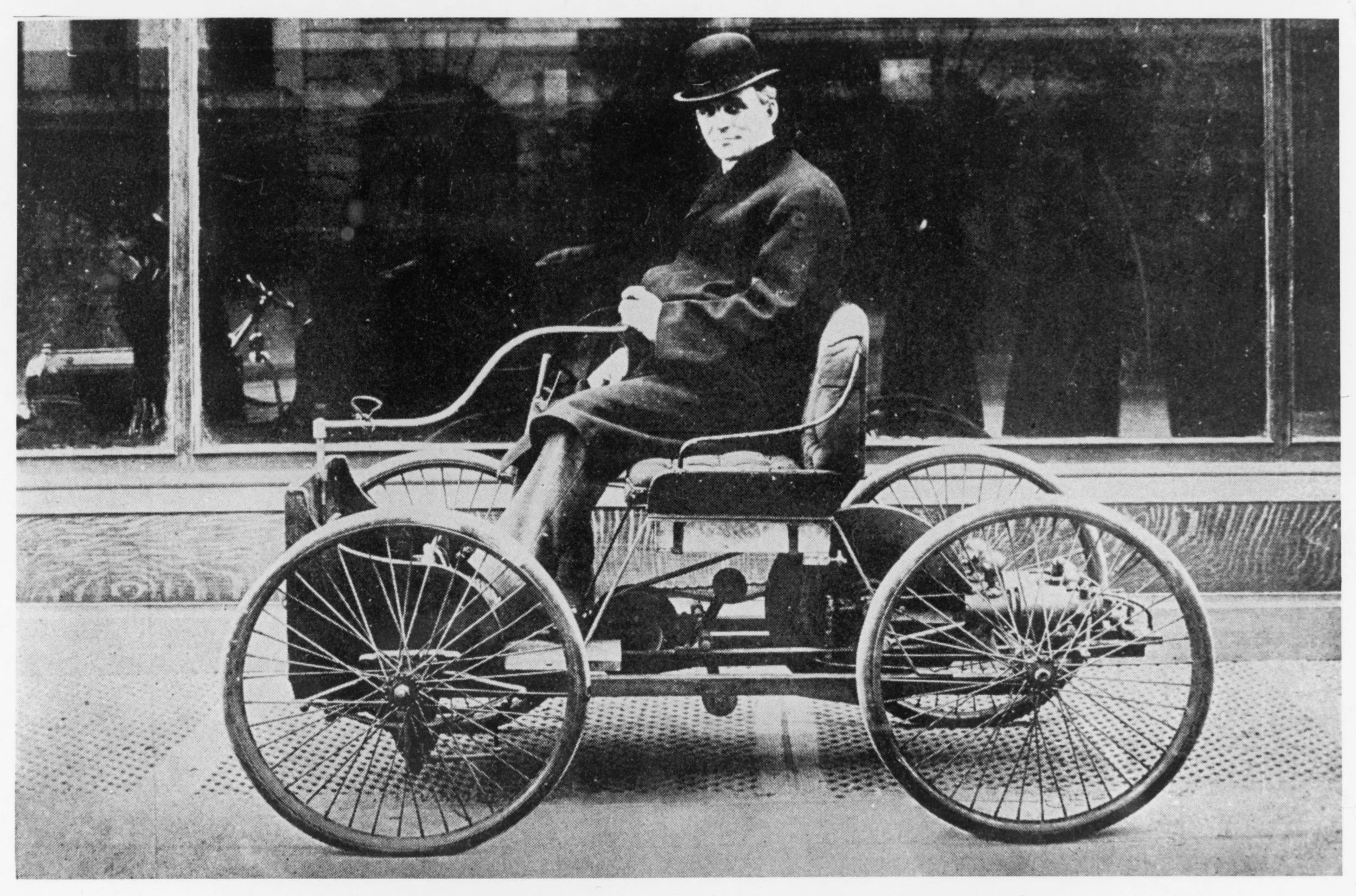
Gaining insights:
EV resources
Discovering the World of EVs
With a wealth of information on EV technology, policies and benefits, the dynamic world of EVs showcases innovation, development and advancement. Dive into the environmental, economic and societal impact of electric vehicles through engaging resources and a detailed glossary of EV terms.
Quick glossary of EV terms
Advanced driver-assistance systems (ADAS)
Technologies that enhance vehicle safety and convenience, including features like lane-keeping, adaptive cruise control and emergency braking.
All-electric range (AER)
The maximum distance an EV can travel on a fully charged battery without using a backup fuel source.
Battery management system (BMS)
An electronic system that monitors and regulates an EV’s battery, ensuring safety, efficiency and optimal performance during use and charging.
Battery recycling
Recovering lithium and cobalt from used EV batteries to support sustainability and reduce environmental impact.
Charging infrastructure
The network of charging stations that support EVs, including public, private and workplace chargers.
Closed-loop recycling
A process by which materials from used products are recycled into new products of the same type, minimizing waste and conserving resources.
Cycle life
The number of complete charge and discharge cycles a battery can undergo before its capacity significantly degrades, typically to about 70%-80% of its original capacity.
Direct current fast charging (DCFC)
A high-speed charging method that bypasses the onboard charger, delivering direct current to the EV battery for rapid energy replenishment.
Energy efficiency ratio (EER)
A measure of an EV’s energy efficiency, expressed as the distance traveled per unit of energy consumed.
Fast-charging station
A charging point equipped to deliver high-power electricity for rapid battery replenishment, typically found along highways or in urban areas.
Kilowatt-hour (kWh)
A unit of energy measurement used to quantify EV battery capacity and energy consumption.
Life-cycle emissions
The total emissions generated throughout a product’s life cycle, including raw material extraction, manufacturing, use, and disposal or recycling.
Over-the-air (OTA) updates
Wireless updates sent directly to an EV, enhancing performance, adding features and improving safety without needing a service center visit.
Plug-in hybrid electric vehicle (PHEV)
A vehicle that combines an electric motor with a traditional internal combustion engine, offering both electric- and gasoline-powered driving.
Regenerative braking
A system that captures kinetic energy during braking and converts it into electricity, recharging the battery and improving energy efficiency.
State of charge (SOC)
A measure of the current energy level in an EV battery, expressed as a percentage of its full capacity.
Thermal management system
A system in electric vehicles that regulates the temperature of the battery, electric motor and other components to ensure optimal performance, efficiency and safety under varying operating conditions.
Torque
The rotational force produced by a motor or engine, crucial for determining a vehicle’s ability to accelerate and perform tasks like towing or climbing.
Vehicle-to-grid (V2G)
Technology that allows EVs to return stored energy from their batteries to the power grid, helping balance energy supply and demand.
Vehicle-to-home (V2H)
Technology that enables an electric vehicle to supply power directly to a home, providing backup energy during outages or reducing reliance on the grid.
Zero-emission vehicle (ZEV)
A vehicle that emits no tailpipe pollutants during operation, relying on clean energy sources to reduce environmental impact.






